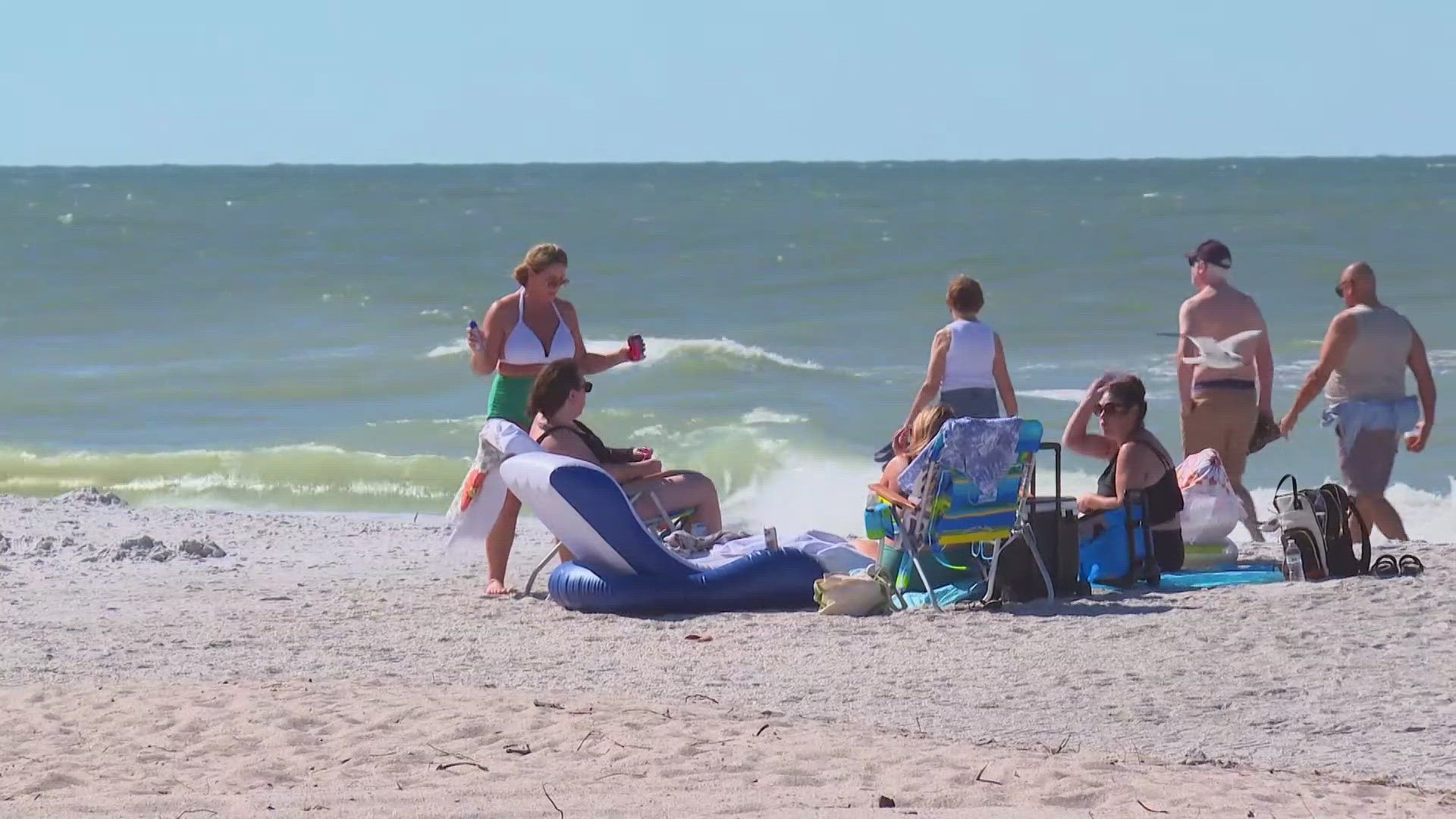INDIAN ROCKS BEACH, Fla. — It will be a long and expensive road to recovery for Pinellas County beaches.
On Friday morning, local and state leaders gathered at Indian Rocks Beach to highlight the importance of beach renourishment, and what it will take to get that underway.
It's still unclear who will do the work and foot the estimated $130 million bill.
Weeks ago, the county filed for an emergency renourishment permit with the Army Corps of Engineers to approve and help with the work, but they have still not received approval.
Now, local leaders say they’ll get it done one way or another.
"It is critically important that we maintain this infrastructure," Councilmember Kathleen Peters said. "The beaches, they are an infrastructure that protects our people, our property and our economy."
Public Works estimates Pinellas County beaches lost one million cubic yards of sand during hurricanes Helene and Milton. It wiped out nearly all of the roughly 1.2 million cubic yards added in 2018.
"Just like that, gone. Getting that back into the system is incredibly important," Kelli Levy, Director of Pinellas Public Works explained.
Florida's Chief Resilience Officer, Wes Brooks, was critical of the delay by the Army Corps of Engineers, pointing to past renourishment project rejections as the source of the county's catastrophic damage.
"Unfortunately, as a result, Pinellas County got slammed with the highest storm surge they’ve ever seen. And the impacts were far worse than they would have been if these berms were constructed as they were supposed to be by federal law and federal appropriations approved by Congress," Brooks said.
Pinellas Public Works said they’re already mapping out the renourishment work. If necessary, they said they're prepared to take this $130 million project themselves, which would be partially reimbursed by the state.
"We are not leaving these communities behind," Brooks said. "We are going to continue to push for resilient recoveries to ensure the inevitable next storm is not as impactful as the last one."
Public works said if they were forced to take on this work themselves, with the help of some state funding, that would begin next spring at the earliest. It would take several months, finishing around the middle of the next hurricane season.

